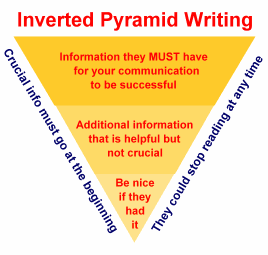
In Chapter 5 of Michael Schudson book titled “ Discovering the News”, Schudson discusses the use and criticism of objectivity in the 1960s, and the two criticisms journalism dealt with in the 1960s . The chapter begins by stating that objectivity was heavily criticized and abused from journalists, reporters, and readers.
Journalists thought that objective wasn’t enough for them to get their news. They instead favored interpretive reporting. Journalists wanted more then just the facts such as who, what, when, where and how. They wanted in depth analysis on a particular story whether it was published in the newspaper, or televised on radio or television.
Kerry Grudson, who worked for the Raleigh Observer during the 1960s, said that “objectivity is a myth.” Most of his young aspiring reporters took Grudson advice. Younger reports took objectivity into a new asset, wanted more active journalism, which is a participant journalism skeptical of official accounts of public affairs.
This lead to two major changes newspapers adopted in the mid 1960s. First, there were increased presence of government control in the news. They are always reports that the government lies. However, U.S. presidents have lied in front of the press in some situations dating back to the George Washington presidency.
But only since World War II when the importance and relative isolation of national security establishment made government news policy the symbolic figure of the relationship between the government and the press.
The second change is the rise of adversary culture in newspapers. Throughout the 1960s, adversary had a major impact on journalism. It provided an audience for a more aggressive and more skeptical journalism for readers. The collision between adversary culture and news management changed during the Vietnam War.
Therefore, it led into the rise of two new submerged traditions in journalism in the late 1960s; literary tradition and muckraking ( investigative journalism). Literary tradition is a new kind of emotional storytelling in journalism. They have to write a well written crated story that has a forceful and emotional impact.
This style of writing was described as “New Journalism“. Literacy tradition was often found in tabloid magazines such as the Rolling Stones, which lead a very sympathetic audience. Newspapers however has special semi-magazine sections on different days in response to the popularity of literacy tradition.
Muckraking came into play during the Watergate Scandal in the early 1970s. Washington Post reporters Bob Woodard and Carl Bernstein invesgitated possible lies from President Nixon and his adminstartion.
These points presented by Schudson in the chapter can easily relate to Journalism today. In fact, Schudson even points out that the 1960s made Journalism what it is in the present stage. Today, there is more literacy magazines, and investigative reporting is shown in all platforms, such as television, radio, online, and print.
Americans today also want more then objective news, and in today’s climate, news organizations presenting objective news will produce little TV ratings, and results in fewer advertisers. With these new style of writings and the criticism of objectivity, Journalism may have had the same impact in the 1960s as it did with the internet.


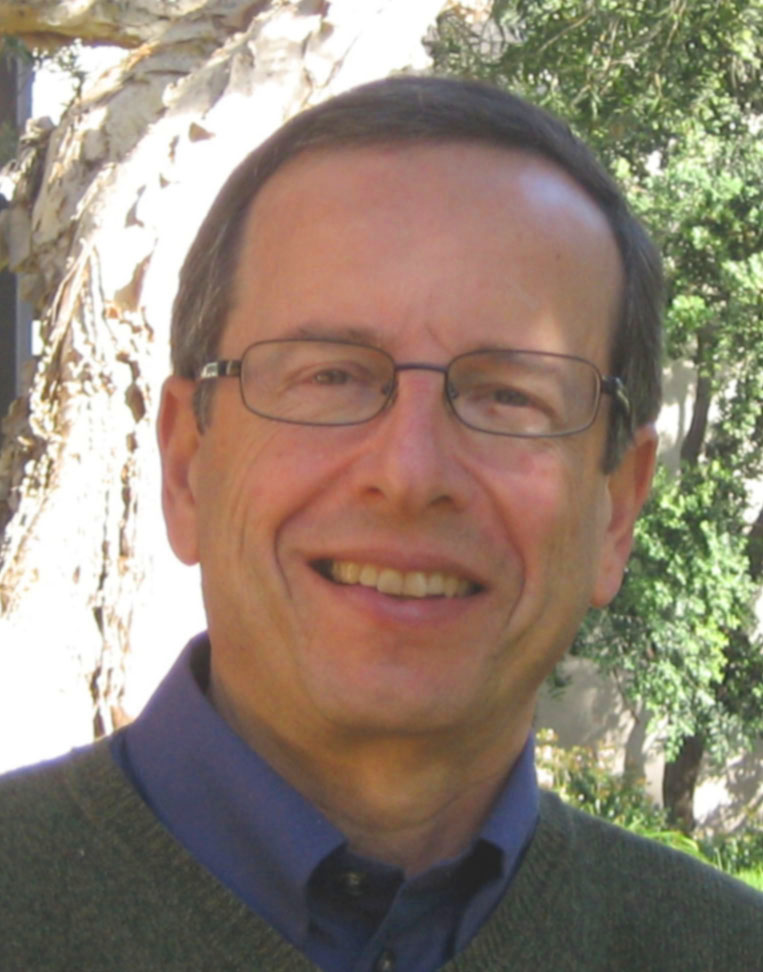

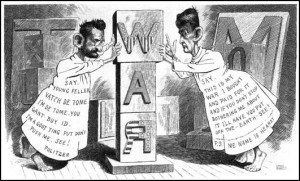
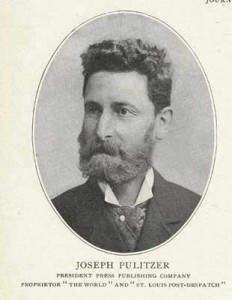
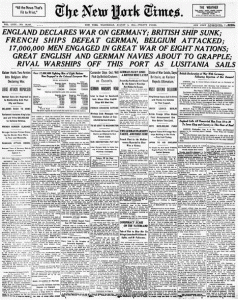

 Stephens points out that bloggers are, “free with opinion, free with rumors and speculation, and often early with important analysis and facts.” Stephens says that blogs can reach everybody, because we can all have them. “Porn stars, students, even journalism professors,” he said. By 2004, bloggers — some well researched and others who knew nothing about what they were writing about — were having a great impact on Presidential elections.
Stephens points out that bloggers are, “free with opinion, free with rumors and speculation, and often early with important analysis and facts.” Stephens says that blogs can reach everybody, because we can all have them. “Porn stars, students, even journalism professors,” he said. By 2004, bloggers — some well researched and others who knew nothing about what they were writing about — were having a great impact on Presidential elections.
